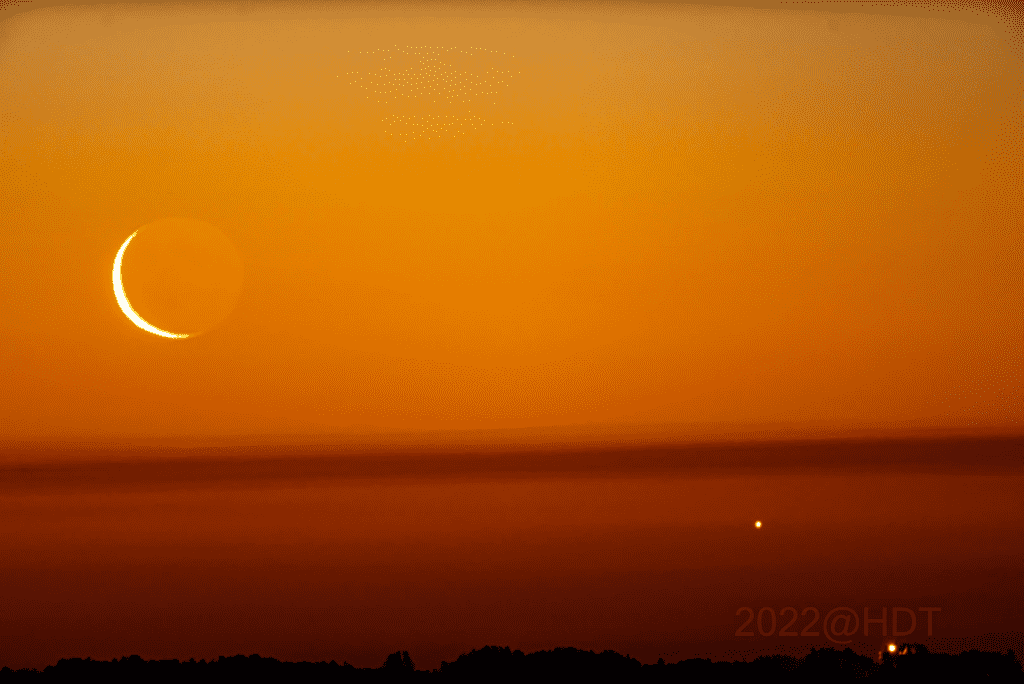Scientists were recently baffled when a “potentially disruptive” solar storm slammed into Earth without warning.
According to reports, the unexpected solar storm hit Earth just before midnight UTC on June 25 and lasted most of June 26. Scientists rated it as a G1 storm, which indicates it was powerful enough to cause modest power grid changes, affect the navigational ability of some migrating animals, and cause abnormally intense auroras.

Although Saturday’s G1 storm was the lowest class of solar storm—they can go up to G5—the SWPC said it could still cause weak power grid fluctuations, have a minor impact on satellite operations, and even cause aurora to occur in northern parts of the United States like Michigan and Maine.
in addition, the unforeseen solar storm occurred at the peak of an exceedingly uncommon five-planet alignment, in which Mercury, Venus, Mars, Jupiter, and Saturn lined up in the sky in order of their distance from the sun.
The unusual auroras photobombed the neatly positioned planets, allowing amateur astronomers in the northern hemisphere to capture photographs of them. Photographer Harlan Thomas snapped an image of spectacular auroras flashing across the early sky in front of the planetary alignment on June 26 near Calgary, Canada.

“Wow, talk about surprises,” Thomas said. “The aurora became [visible to the] naked eye with beautiful pillars and lasted for around 5 minutes, Thomas said.

The cause of the storm was initially unknown. However, experts initially assumed that the storm was generated by a coronal mass ejection (CME). CMEs are massive clouds of charged particles and magnetic fields that regularly erupt from the sun and are common causes of geomagnetic storms.
However, scientists later concluded that the storm was triggered by a more difficult-to-detect phenomenon known as a co-rotating interaction region of the sun.
“At first [the storm] was a surprise; now the reason seems clear. A co-rotating interaction region (CIR) hit Earth’s magnetic field, opening a crack in our planet’s magnetosphere. Solar wind poured in to spark a rare solstice display of auroras,” SpaceWeather.com reported.
A CIR is a transition between rapid and slow streams of solar winds as they travel away from the sun via space. When the magnetic fields carried by these two streams collide, they can form intense magnetism zones that cause solar storms, similar to how CMEs do.
While CMEs may be seen erupting from the sun days before they reach Earth, CIRs are more challenging to detect, according to Live Science. On Sunday, a CME was detected emerging from the sun, but scientists weren’t sure which way it was facing at the time.
It’s probable but not guaranteed that the CME is heading towards Earth. If this is the case, it might be a “near miss” and trigger a minor geomagnetic storm on Thursday.


